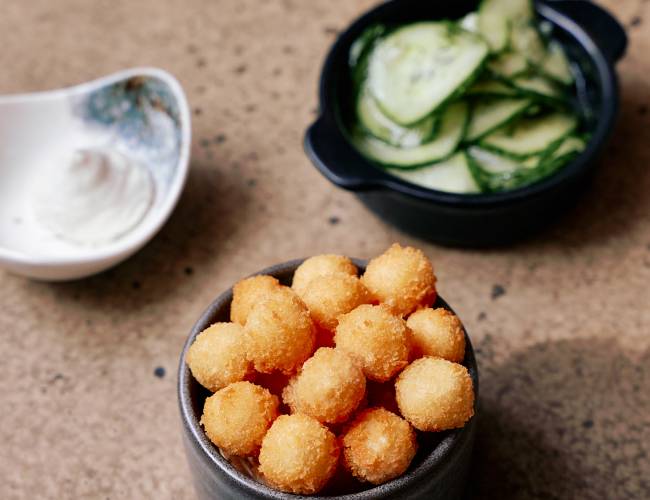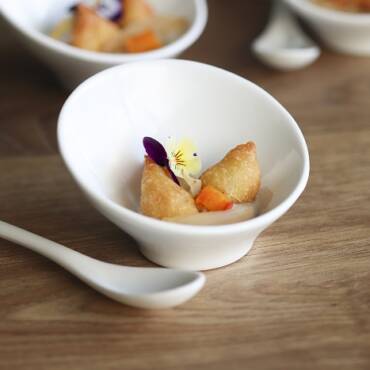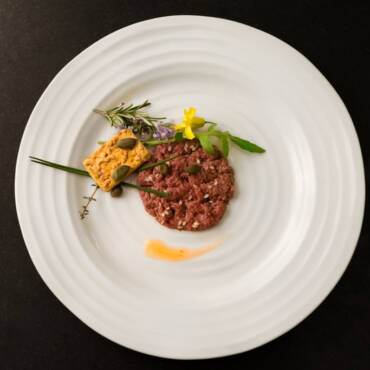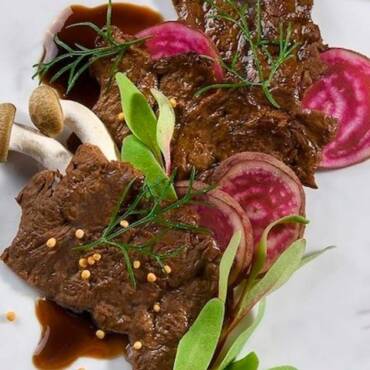Benefits
The European Green Deal boldly addresses the existential threat posed by the loss of biodiversity and climate change. The Farm to Fork Strategy, which is at the heart of the Green Deal, acknowledges the challenges of the current agricultural production system and calls for systemic reforms to create a fair, healthy, and sustainable food system. As the world’s population is increasing rapidly, it is clear that our food system is not suitable for feeding the world population of today and certainly not that of the future.
Cellular agriculture will not replace conventional animal agriculture. Yet, it can reduce our dependence on destructive imports and supplement sustainable animal farming efforts to meet growing demand across the continent.

Low Climate Footprint
A recent study concluded that cultivated meat has the potential to reduce land use by 95% and water use by 78% when compared to conventional meat production methods.[1]
The same study concluded that cultivated meat has the potential to produce only a fraction of the greenhouse gases typical of conventional agriculture operations.[2]
Cellular agriculture products can be produced in local facilities, whereas the EU is currently reported to be importing €3B in Brazilian beef associated with deforestation of the Amazon rainforest.[3]
Health & Nutrition
Cellular agriculture products can be produced without harmful antibiotic residues, microplastics, or heavy metals.
Cellular agriculture products can be produced without animal slaughter and in sterile conditions that significantly reduce the risks of foodborne and zoonotic illnesses from microbial pathogens like E. coli, Salmonella or Campylobacter.
Animal Welfare
Concentrated feeding operations confine billions of animals leading up to slaughter. Our products require only a small sample of cells that can be taken from live animals without slaughter.
Sustainable Seafood
Cell-culturing can offer the nutritional benefits of seafood without harmful bycatch, microplastics, mercury, or the questionable labor practices found in some fisheries.
Endangered species that are difficult to farm, like Bluefin Tuna, can be cultured to meet demand without increasing pressure on wild stocks.
Cultivated seafood can be produced everywhere and does not depend on access to specific bodies of water.
Resilience in a Changing Climate
Cellular agriculture products can be grown in controlled facilities that look similar to beer breweries or yoghurt production facilities and are less susceptible to drought, flood, and wildfires.
Cellular agriculture producers will be able to reduce waste and vulnerability in the supply chain by building facilities near consumer demand. Cultivated meat, poultry, seafood, milk and other animal products can be produced from start to finish in urban or rural areas without dependency on global trade and with less greenhouse gas (GHG) emissions of transportation of food from one place to another.
Cellular agriculture can contribute to strengthening Europe’s food self-sufficiency and its competitiveness in the global agri-food industry, which is one of its areas of excellence




